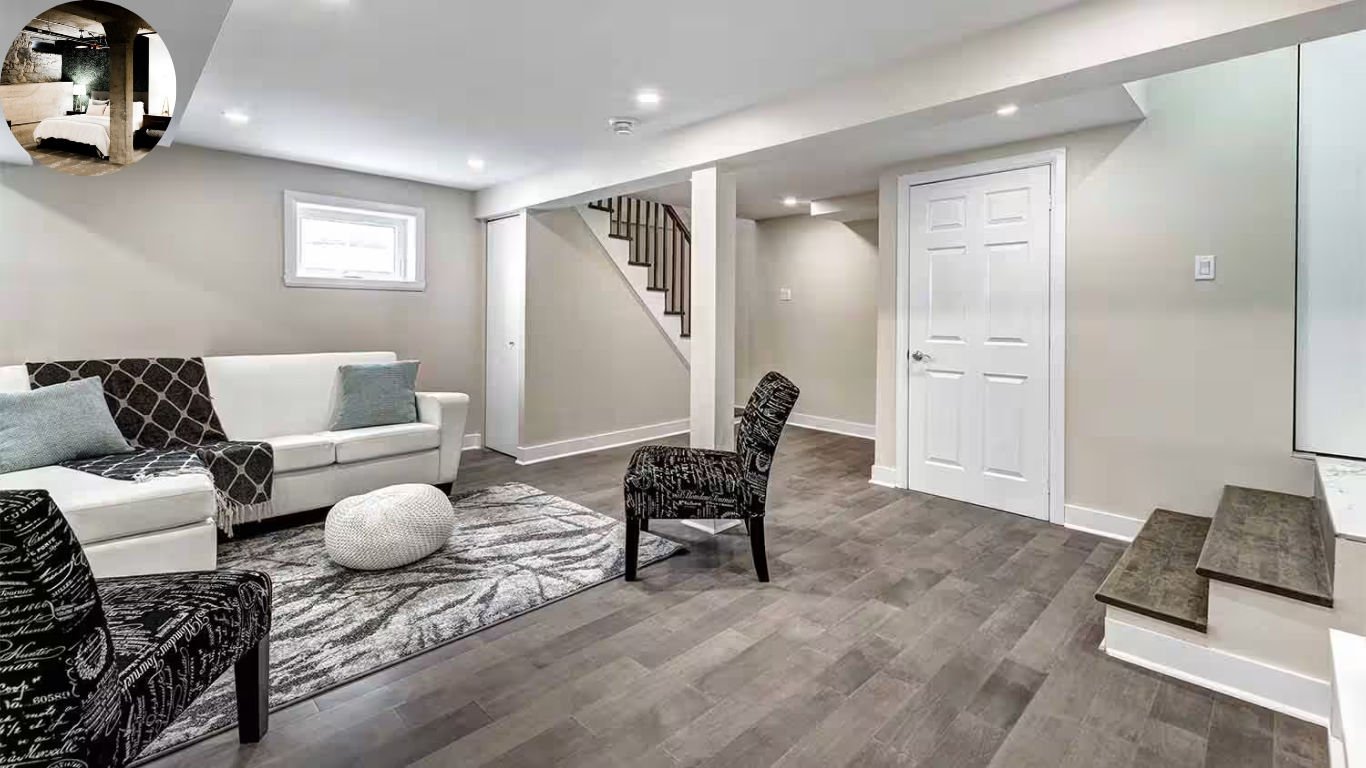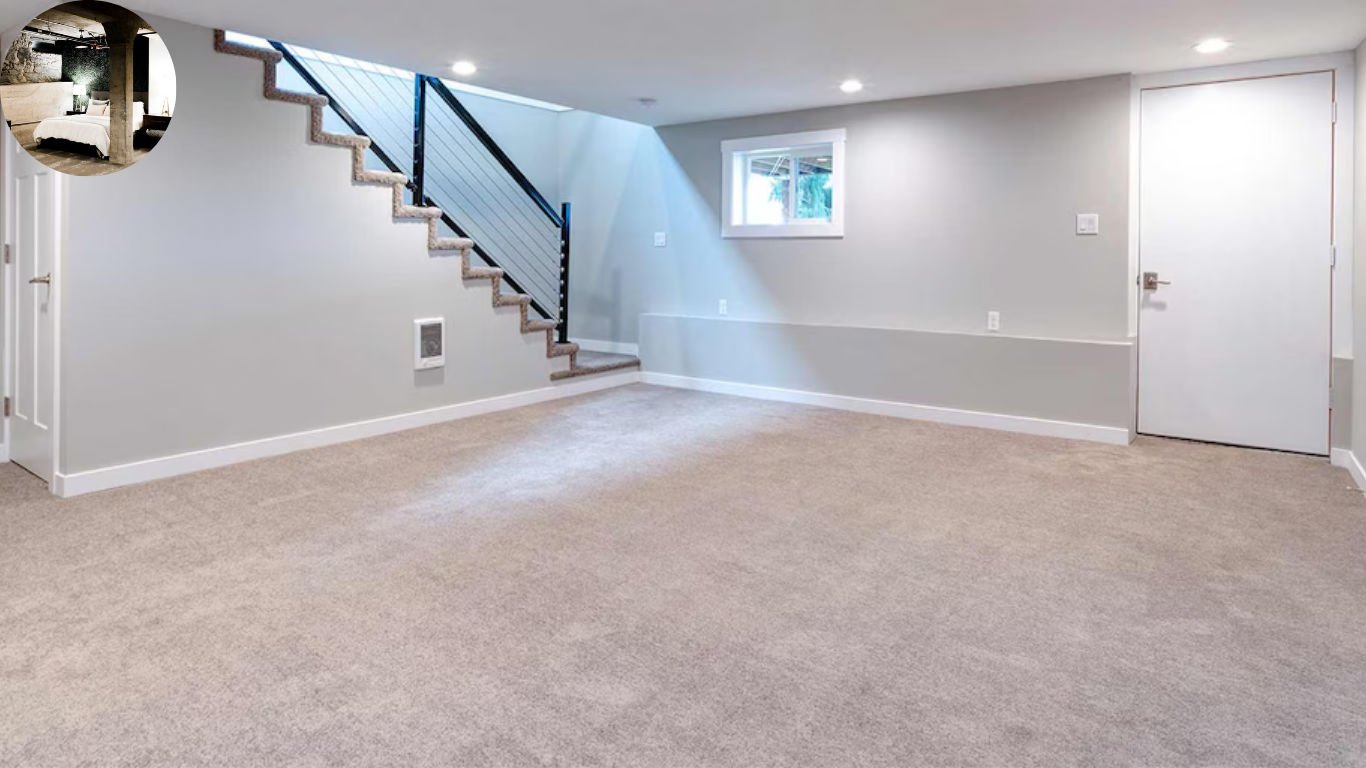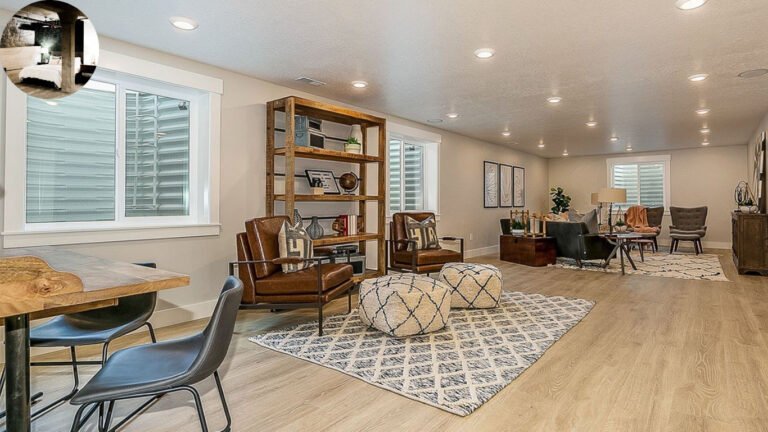When it comes to measuring a home’s square footage, the inclusion of basement areas is a common source of confusion for both buyers and sellers. While the total square footage of a property is a major factor in its value and marketability, whether or not the basement counts toward that number depends on several factors-including the level of finish, whether the space is above or below ground, and local real estate regulations. In most cases, unfinished or fully below-grade basements are not included in the official square footage, but finished basements with proper ingress, egress, and amenities may qualify under certain conditions. Understanding these distinctions is essential for accurately assessing a home’s size, value, and potential.
Understanding Home Square Footage
The square footage of a house is its total area measured in square feet.This measurement typically includes all livable spaces, which are defined as areas that can be used year-round.
Understanding this concept goes beyond just numbers on a listing. It encompasses everything from layout and room dimensions to how spaces are utilized within the home.
Real estate agents often emphasize square footage as it gives potential buyers a clearer idea of scale. However, not all square footage is created equal; factors such as ceiling height and usable space play critical roles in determining what feels spacious versus cramped.
Different regions may have varying standards for measuring square footage, leading to confusion among buyers and sellers alike. Knowing these nuances helps you navigate listings more effectively while ensuring you’re aware of what’s included—and what isn’t—in your prospective new home.
The Definition of a Basement
A basement is a space located below the ground floor of a home. It often serves multiple purposes, from storage to living areas.
Typically, basements are partially or fully underground. Many homes have them designed as functional spaces rather than just utility rooms. This versatility makes them appealing for homeowners looking to maximize their property’s use.
Basements can be finished or unfinished. A finished basement may include bedrooms, bathrooms, and entertainment areas. An unfinished one might simply house utilities and provide minimal livable area.
Natural light can vary greatly in basements. Some have windows that let sunlight in, while others remain dark and enclosed.
When considering real estate value, the definition of a basement plays an important role. Not all basements contribute equally to a home’s overall square footage calculation due to local building codes and regulations.
You may also read (do mobile homes have property taxes).
Factors That Determine if a Basement is Included in Home Square Footage
The inclusion of a basement in home square footage often depends on several key factors. First, local real estate guidelines play a crucial role. Different regions have varied definitions regarding what constitutes livable space.
Next, the basement’s features matter significantly. A finished basement with proper flooring, insulation, and heating systems is more likely to be counted towards total square footage than an unfinished one.
Natural light also influences this decision. Basements with windows that meet specific size requirements can qualify as livable areas under many standards.
Ceiling height is essential. Generally, basements must have at least 7 feet of clearance to count towards the overall measurement of living space.
These criteria can vary widely from one municipality or listing service to another, making it vital for homeowners and buyers alike to understand their local rules when considering square footage inclusions.
Common Misconceptions About Basement Square Footage
Many people believe that all basements automatically count towards a home’s total square footage. This assumption can lead to confusion when assessing property value or listing a home for sale.
While many listings focus on livable space, some regulations specify that even unfinished areas have their place in overall measurements.
Some homeowners think that the mere presence of windows or heating systems qualifies their basement as part of the home’s main living area. However, local codes often dictate specific criteria to be met before including such spaces.
Misunderstandings about what constitutes usable versus unusable space further complicate the issue. Not every nook or cranny down below meets standard definitions for inclusion in square footage totals.
Pros and Cons of Including the Basement in Home Square Footage
Including the basement in home square footage can have distinct advantages. When marketed, a larger square footage often attracts more buyers and can lead to higher property values. A finished basement adds livable space, making your home versatile for family activities or guest accommodations.
However, there are drawbacks to consider. Not all basements are created equal; if it’s unfinished or damp, potential buyers might see it as a liability rather than an asset. Additionally, discrepancies in measurement standards can create confusion during appraisals.
Real estate agents may have differing opinions on whether to include the basement area. This inconsistency could impact how properties are compared within the market. Understanding your specific situation is crucial before making any decisions about including that extra footage in listings or assessments.
How to Accurately Measure and Calculate Home Square Footage
To accurately measure and calculate home square footage, you need a systematic approach. Start by gathering your tools: a measuring tape, graph paper or an app for digital measurements, and possibly a laser distance measurer for larger homes.
Begin with the exterior of your house. Measure each side’s length and width. Multiply these numbers to find the area of each section. For homes with multiple stories, be sure to repeat this process on every level.
When dealing with irregular shapes like alcoves or extensions, break them down into smaller rectangles or squares. Calculate their areas separately before adding them all together.
Next comes the tricky part — deciding whether to include the basement in your total square footage calculation. If it meets local building codes (like having sufficient ceiling height) and is finished as living space, then it often counts towards the total square footage listed in real estate documents.
However, if it’s unfinished or deemed unusable according to specific guidelines set by local regulations or real estate standards, you might need to exclude it from your calculations.
Once you’ve gathered all measurements from both above-ground levels and any eligible basement areas that qualify as livable space, sum everything up for your final home square footage figure. This will give potential buyers an accurate representation of what they can expect when considering your property while ensuring compliance with local real estate norms regarding basements.
You may also read (construction).
